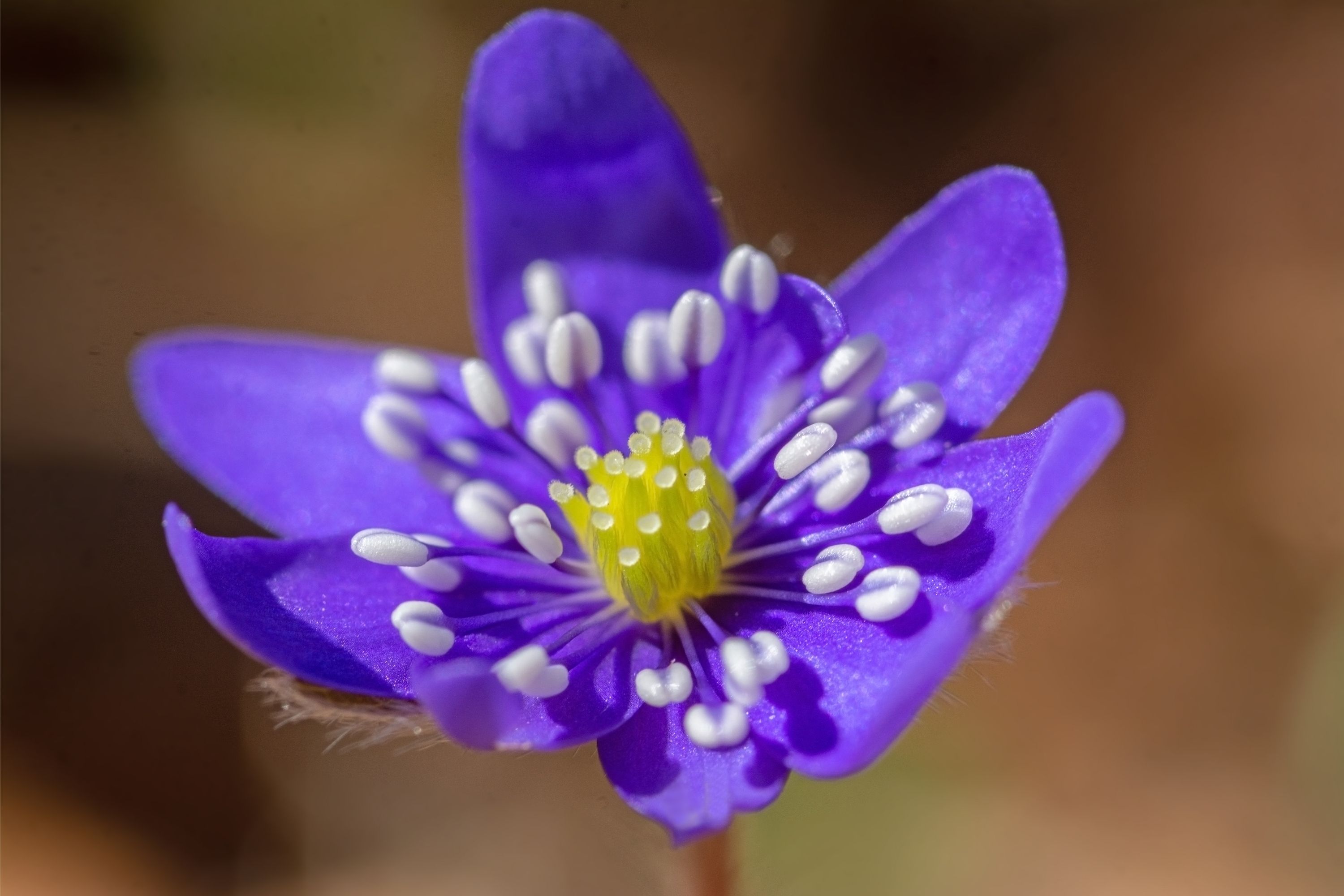Hepatica transsilvanica
(Hepatica transsilvanica)

Description
Hepatica transsilvanica, called the large blue hepatica, is a species of flowering plant in the genus Hepatica, native to the Carpathian Mountains of Romania. It has gained the Royal Horticultural Society's Award of Garden Merit. Hepatica transsilvanica (Transylvanian liverwort) is a plant species of the ranunculus family (Ranunculaceae). It is an endemic species that occurs in the wild only in the mountain forests of the Romanian Carpathians, usually at higher altitudes up to 2000 m. Its distribution range extends from Borsec in northeastern Transylvania to Deva in the south west, centered on the region of Țara Bârsei around the city of Brașov. The common liver flower (H. nobilis) also occurs within the distribution area but in the lower hill country. H. transsilvanica is therefore more resistant to cold in culture and usually flowers earlier than H. nobilis. H. transsilvanica is a perennial herbaceous plant. The leaf and flower stems that grow 10-20 cm high sprout from the long, thin underground rhizome. The liver-shaped leaf consists of three slightly incised, serrated lobes, sometimes five lobes when the two outer lobes are divided again. In contrast, the leaf of the common liver flower has three deeply incised, smooth-edged lobes. The diameter of the flower is usually slightly larger than that of the common liver flower and is between 2.5 and 4 cm. The flower has 8-9 elliptical petals and three acuminate, downy-furred bracts. The color of the flowers is light blue, rarely white or pink. The flowering time is, as with most forest floor plants, in the very early spring. The flowering period is from about the end of February to the beginning of April. The species is tetraploid and has a doubled set of chromosomes compared to the common liver flower. The number of chromosomes is 2n = 28.
Taxonomic tree:







